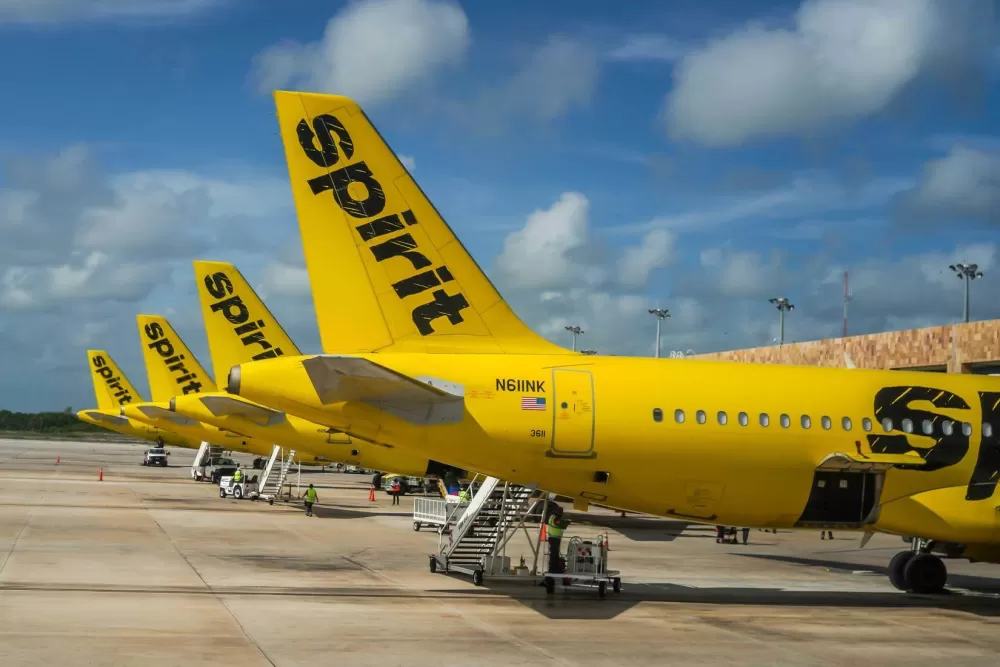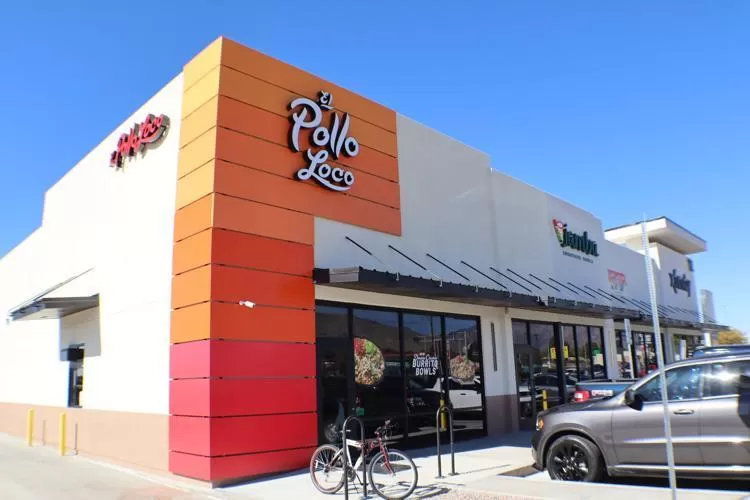Where the Smoke Cleared, a New Frontier Began: Oregon Ranchers Embrace Virtual Fences After Wildfire's Wrath
Share- Nishadil
- November 07, 2025
- 0 Comments
- 4 minutes read
- 24 Views

After the Flames: Oregon Ranchers Pivot to High-Tech Fences
Devastating wildfires obliterated traditional fences across Oregon's ranchlands, leaving a monumental rebuilding task. Now, ranchers are turning to innovative virtual fencing technology, a high-tech solution to an age-old problem and a testament to their resilience.
The air, even now, carries a faint ghost of smoke, a lingering memory of the inferno that swept across Eastern Oregon not so long ago. And honestly, for ranchers like Sarah Jenkins, the true devastation wasn't just the charred land or lost barns; it was the fences – miles upon agonizing miles of them, just… gone. Melted, twisted, obliterated into dust and ash. Imagine, if you will, the sheer, crushing weight of that loss. How do you even begin to rebuild something so fundamental, so utterly essential to your livelihood, when the sheer scale of the task feels insurmountable?
For generations, fences have been the backbone of ranching, a sturdy, unwavering line in the sand, defining property, containing livestock, upholding a way of life. But when the Dry River Fire, for example, roared through, it didn't discriminate. It swallowed up everything in its path, including countless wooden posts and barbed wire. The immediate aftermath? An open range, yes, but a dangerous one, with cattle free to roam onto highways or into neighboring properties, creating a logistical nightmare and a hefty bill for traditional rebuilding.
You could say, perhaps, that the fire, in its destructive fury, forced a reckoning. It pushed these stoic, often traditional, land stewards to look beyond the familiar. And so, in a twist that feels almost futuristic, many are now turning to something called virtual fencing. It’s not a physical barrier, not in the slightest. Instead, it’s a high-tech solution, a series of GPS-enabled collars worn by the cattle themselves, each a tiny beacon of innovation.
Here’s how it works, more or less: ranchers, using an app on their phone or computer, draw invisible boundaries — geofences — across their land. When an animal, say, a curious steer, approaches that boundary, its collar emits an audio cue, a gentle warning. If it persists and crosses the line, a mild electric pulse is delivered. It’s enough to encourage the animal to turn back, to learn its limits, without causing harm. Think Pavlov’s bell, but for bovines on a vast, scorched landscape.
Now, this isn’t without its challenges, mind you. The initial investment in these collars can be significant, a hurdle for operations already reeling from disaster. And then there's the learning curve, not just for the ranchers adapting to the technology, but for the cattle, too. Do they all take to it? Most do, apparently, but there’s always a few stubborn ones, isn't there? Plus, you have to consider signal reliability in some of the more remote, rugged areas. This is Oregon, after all, not a city park.
But the benefits, many argue, far outweigh these growing pains. Virtual fencing offers unprecedented flexibility; boundaries can be shifted with a few taps on a screen, allowing for rotational grazing that optimizes pasture health, or quickly moving herds away from sensitive areas, or — crucially, in this context — immediately establishing containment where traditional fences simply no longer exist. It saves labor, too, cutting down on the countless hours spent mending fences or riding herd.
In truth, what we're seeing here in places like Eastern Oregon is more than just a technological upgrade. It’s a testament to resilience, a pragmatic, yet profoundly hopeful, step forward. It’s about adapting, isn’t it? About finding new ways to steward the land and feed the nation, even when old ways are quite literally reduced to ashes. The future of ranching, it seems, might just be a little less barbed wire, and a whole lot more digital.
Disclaimer: This article was generated in part using artificial intelligence and may contain errors or omissions. The content is provided for informational purposes only and does not constitute professional advice. We makes no representations or warranties regarding its accuracy, completeness, or reliability. Readers are advised to verify the information independently before relying on







